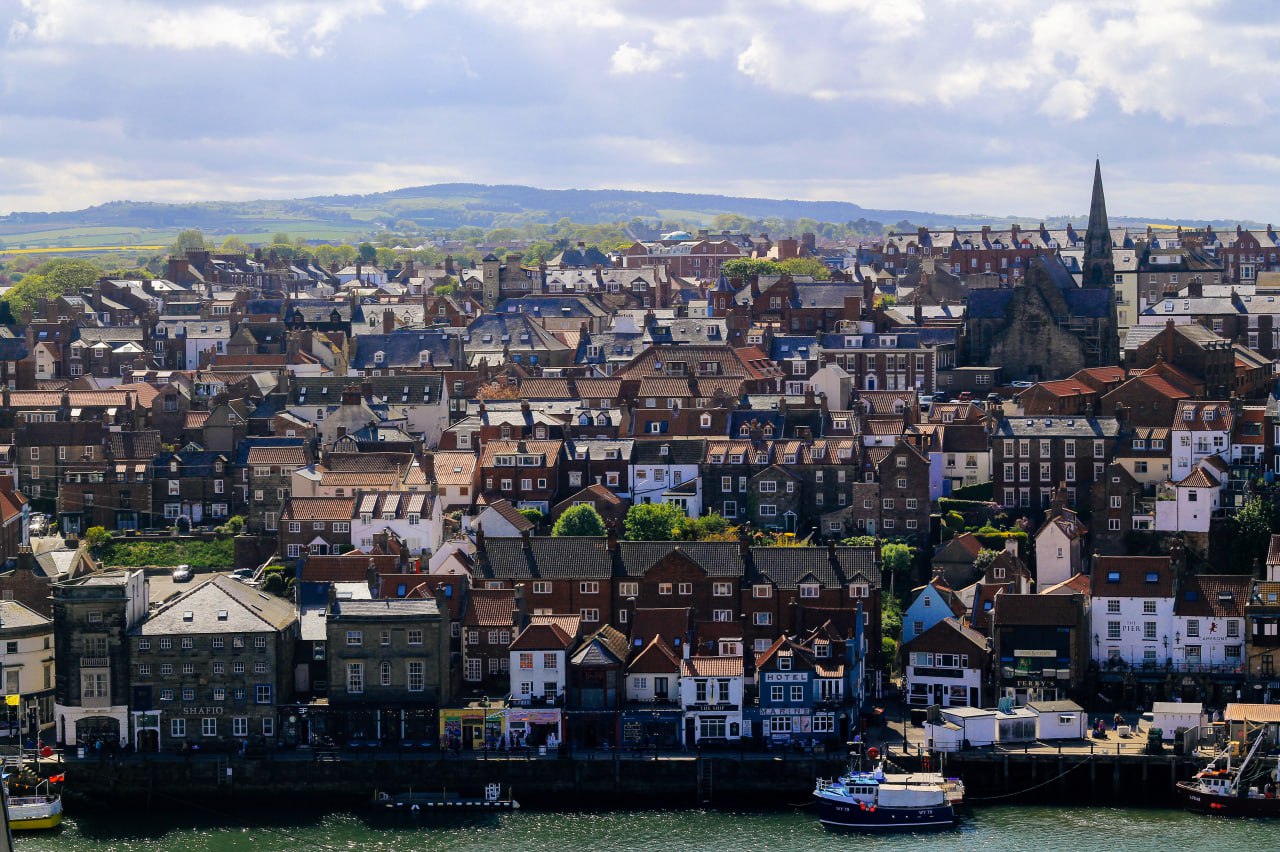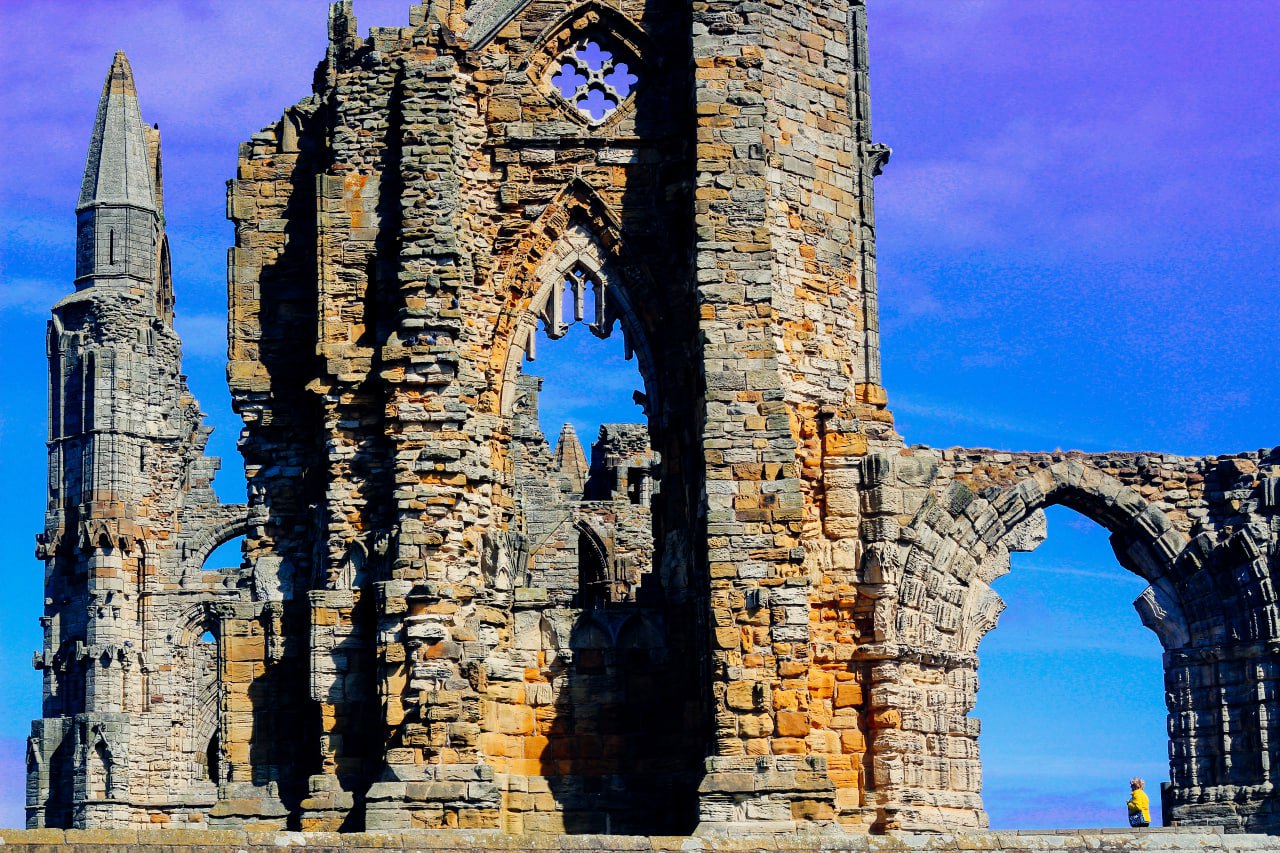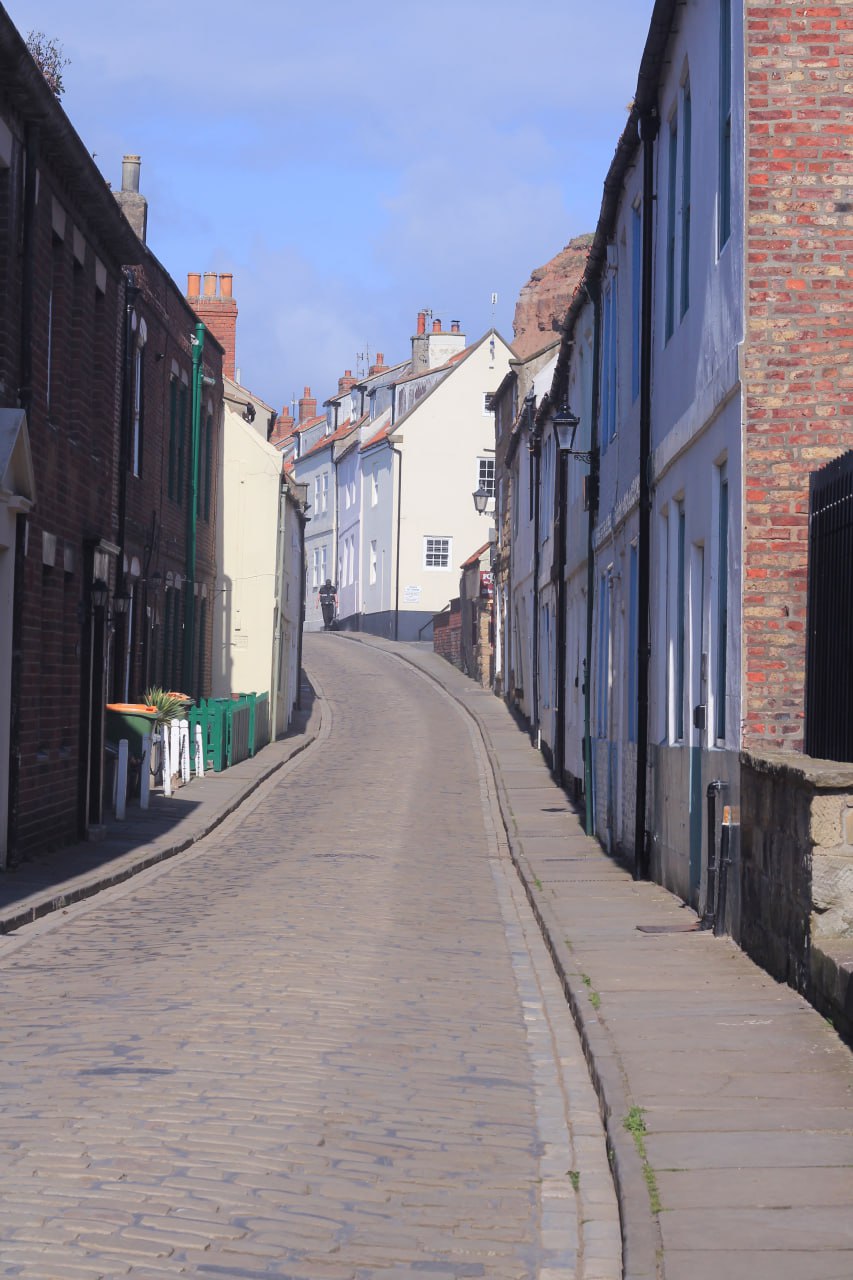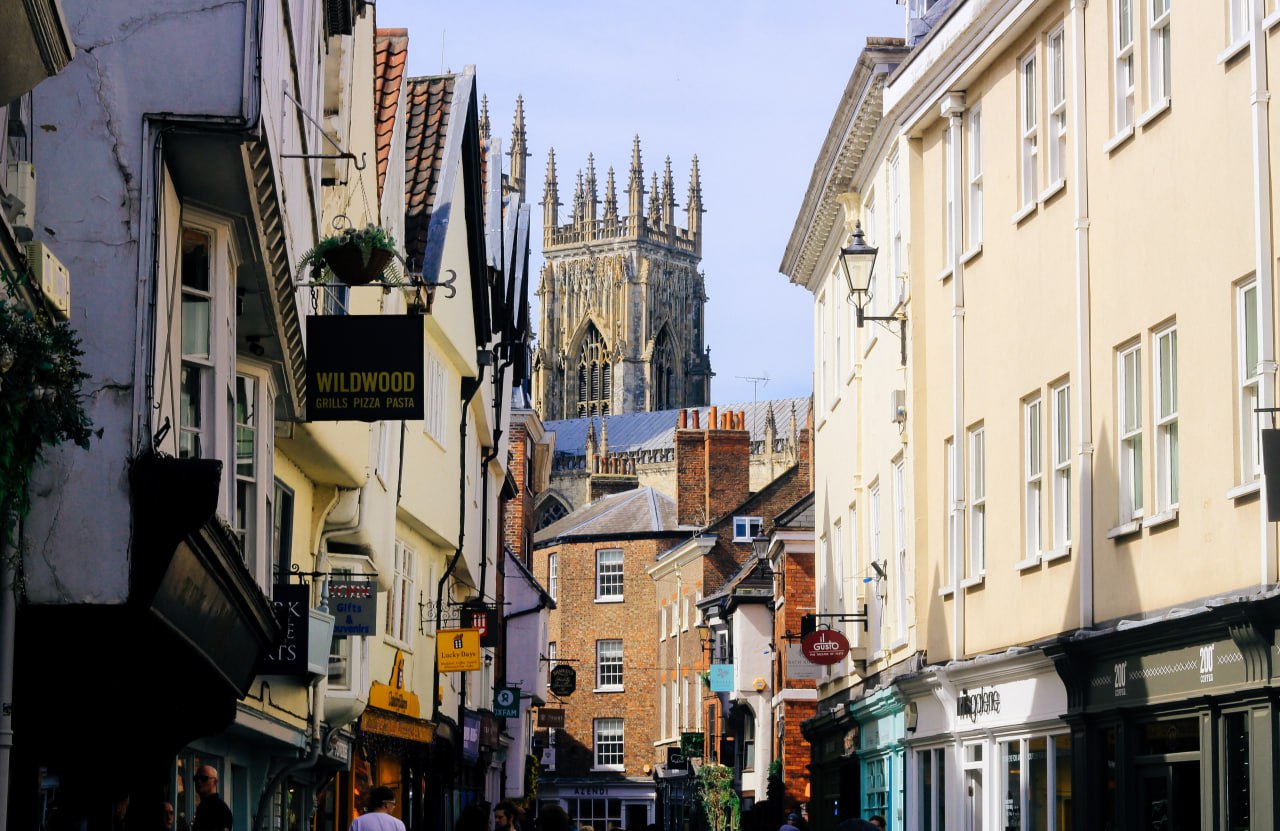
A year of waiting, and here I am in the land of rain and eternal mist — Foggy Albion. I had braced myself for gloomy skies, damp air, and perhaps even some local ghosts grinning from behind gothic spires. But, damn it, the weather decided to play tricks: not a drop of rain, not a wisp of fog. The sun blazed down in mockery, turning my raincoat into an oven.
The thriller didn’t descend from the heavens. My exhibition in York—every painting, every brushstroke, painstakingly crafted over a year—turned into a nightmare. Germany, curse it, dragged me straight into hell. The entire series vanished. Gone, like smoke over the Thames. Instead of an exhibition, I was sucked into a tangled detective story with a strange ending. The crates of canvases disappeared into the web of German bureaucracy. Now I had to unravel it, with no clue how it would all turn out.

After crossing half of England, I found myself on the edge of its civilization. Beyond York, stretching toward Newcastle-upon-Tyne and further to the cold borders of Scotland, lay emptiness. Here began the vast moors—harsh, picturesque, almost otherworldly. Endless carpets of heather, now yellow, now purple, spread to the horizon. A postcard view, but the place breathed unease—hidden, cold. The damp air chilled to the bone, and the sky often scowled with black clouds. At the northern edge of the moors loomed the ruins of an abbey—grim, like the bones of the earth, the very ones that inspired the tale of Count Dracula.
At first, I didn’t know the paintings were missing or that the promised three-day delivery would turn into an epic ordeal. For now, I was immersing myself in one of England’s most peculiar cities. Its walls, built of gray stone, echoed Roman legions, Vikings, and medieval knights, while narrow streets, twisted like the branches of an ancient oak, whispered of days when the city was the king of the north. Life here flowed with languid grace, time seemingly frozen. That is, if you ignored the massive crowds of tourists bustling back and forth until late evening. Yet amid all this commotion and tiny medieval buildings, the York Minster stood out like a colossal stone giant. In the Middle Ages, against the backdrop of modest huts, it must have struck locals with awe. Its spires, piercing the gray sky, were not mere architecture but a living text telling its story: stained glass windows fractured light into colors of apocalyptic visions, and gargoyles, like silent sentinels, gazed from above, knowing more than they’d ever reveal.
York was a place where time thinned, and the boundary between the living and the forgotten blurred. At night, when the daytime tourist frenzy settled like a sea after a storm, the city transformed. Streets, alive with noise by day, now fell silent, with only footsteps echoing off gray walls. The city breathed magic—and something otherworldly.
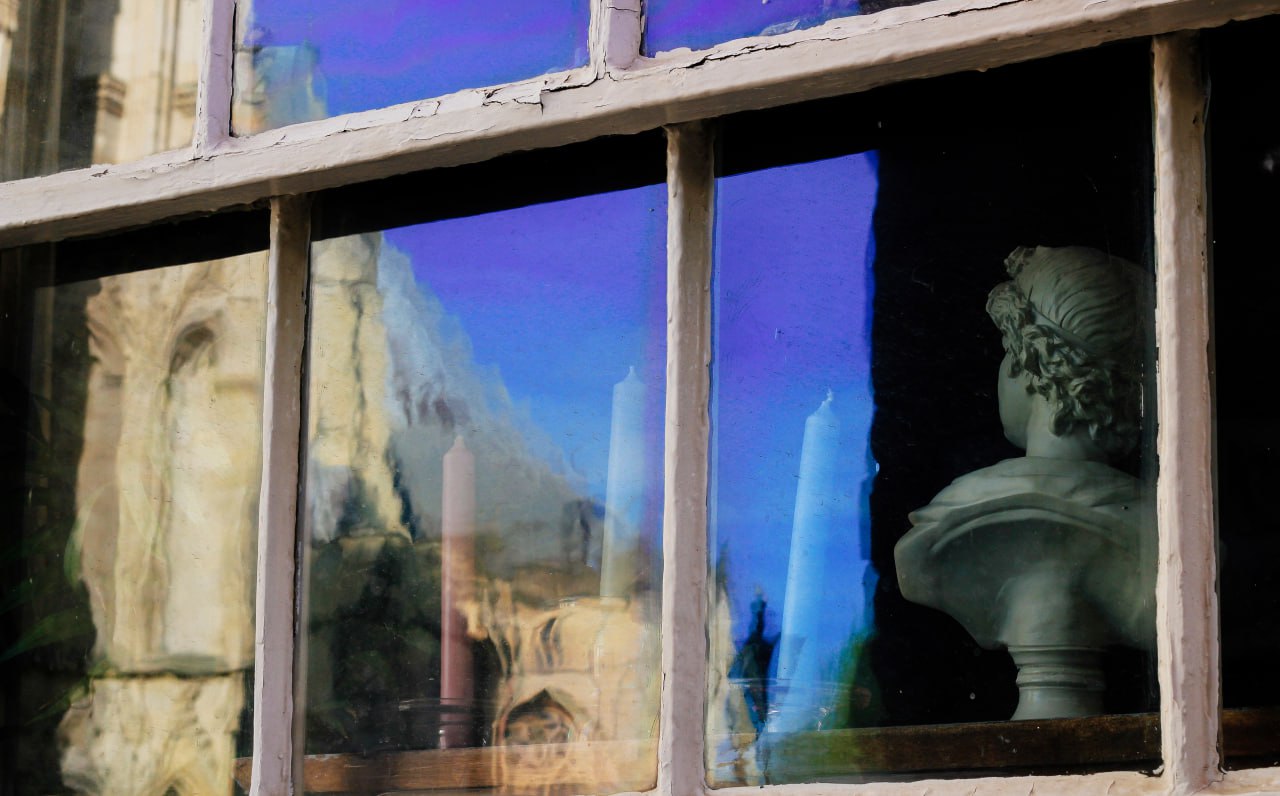
From early morning, I felt the full force of the Minster. Bell-ringers climbed the spiral staircases and, as if possessed, struck the bells. They paused briefly, then resumed—the bronze tolls rolled over the city, mingling with the scent of fresh buns from bakeries, purple wisteria, and the damp wind off the River Ouse.
The 17th-century house where I was temporarily staying held a peculiar silence and the spirit of antiquity. Worn furniture, as if soaked with others’ stories, a bust of Apollo on the windowsill gazing through a cluster of melted candles, white walls, and creaking floorboards that groaned with every step—all of it easily evoked scenes from Wuthering Heights. It felt like the house remembered those who lived there before me.
No less astonishing was how I ended up in this story at all. A complete stranger from England stumbled upon one of my paintings online. She was so captivated by it that she reached out. Things unfolded swiftly and unexpectedly: she offered to be my sponsor, invited me to move to the UK, and later organized the exhibition in York. It was pure magic—I hadn’t told anyone about my dream of living in Britain.
But the ghosts of Germany wouldn’t let me go. The paintings, which should have arrived by now, were nowhere to be found. The deadlines had long passed. At first, I thought it was due to holidays. But days dragged on, and my exhibition was falling apart. Soon, I learned the truth—the paintings hadn’t even been sent. The Germans had redirected them… back to Germany, instructing me to urgently return and retrieve them. Except no one knew where they were.
Then the real catastrophe began. Someone at DHL, as if waking from a long slumber, realized the paintings needed to be shipped after all. But what followed was an endless labyrinth of calls, emails, and paperwork—each step tangling the situation further. Administrative machines chewed up documents, lost them, then found them only to send them off into the void again. No one could answer a single question, as if I were speaking to shadows hiding behind the endless walls of offices.
In the end, all information about the delivery became hopelessly muddled. No one knew when the paintings would arrive—or, worse, where. This wasn’t just bureaucracy; it was absurdity incarnate, a living entity playing an endless game with me, where the rules changed every minute.
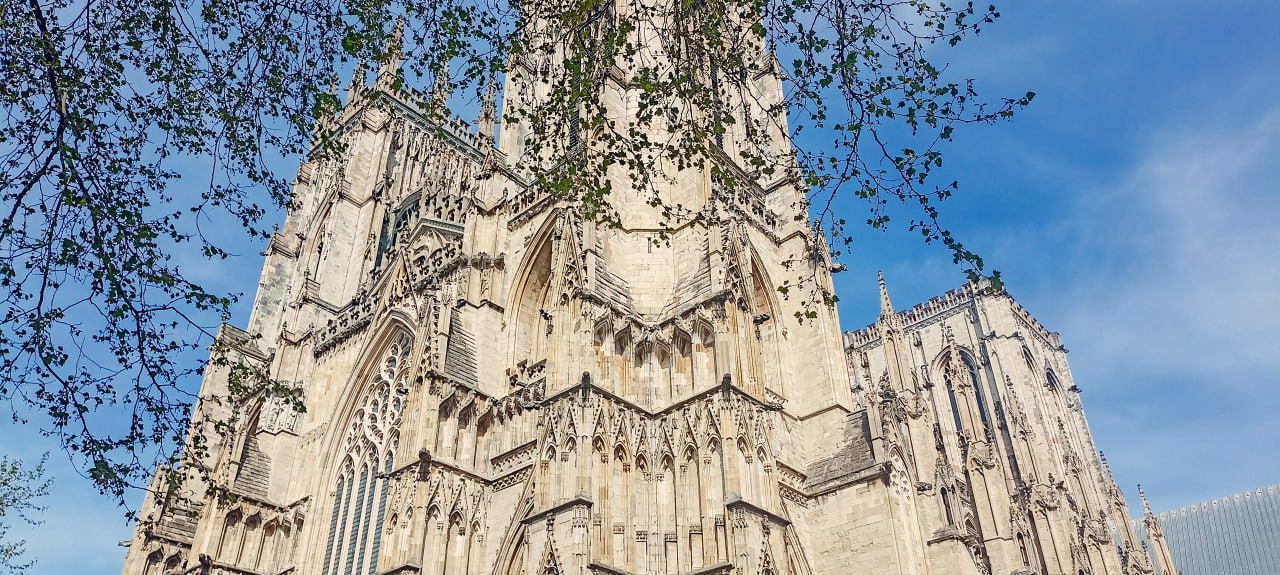
I needed to pull myself together after battling German bureaucracy. I decided to wander through York at night. As dusk fell, the city’s peculiar magic returned. At this hour, the boundary between reality and the whisper of shadows dissolved.
York is a labyrinth of narrow streets, some said to be teeming with ghosts that could scare you witless. That is, if you ignored the fact that some were paper-thin—plastered on rainbow flags, alongside cat-ghosts and busty figurines of women, not spectral but very much flesh-and-blood. Shambles, with its leaning houses where upper floors nearly touched, felt like a place where you might stumble into a secret passage or hear the rustle of a cloak vanishing around a corner. By day, tourists swarmed here, snapping photos, but by evening, the street emptied, and it seemed the stones themselves began to whisper, recalling old tales. Its atmosphere was straight out of a witches’ and wizards’ alley from Harry Potter. There was even a shop for it. Yet, in all my time here, I never saw anyone swoop in for their wands. I thought how thrilling it would be to create a city tour with VR glasses, revealing ghosts or York in bygone eras—Shambles would come alive with the shadows of the past. I walked through this carnival where shadows mingled with neon, and the streets’ murmurs were drowned by drunken laughter.
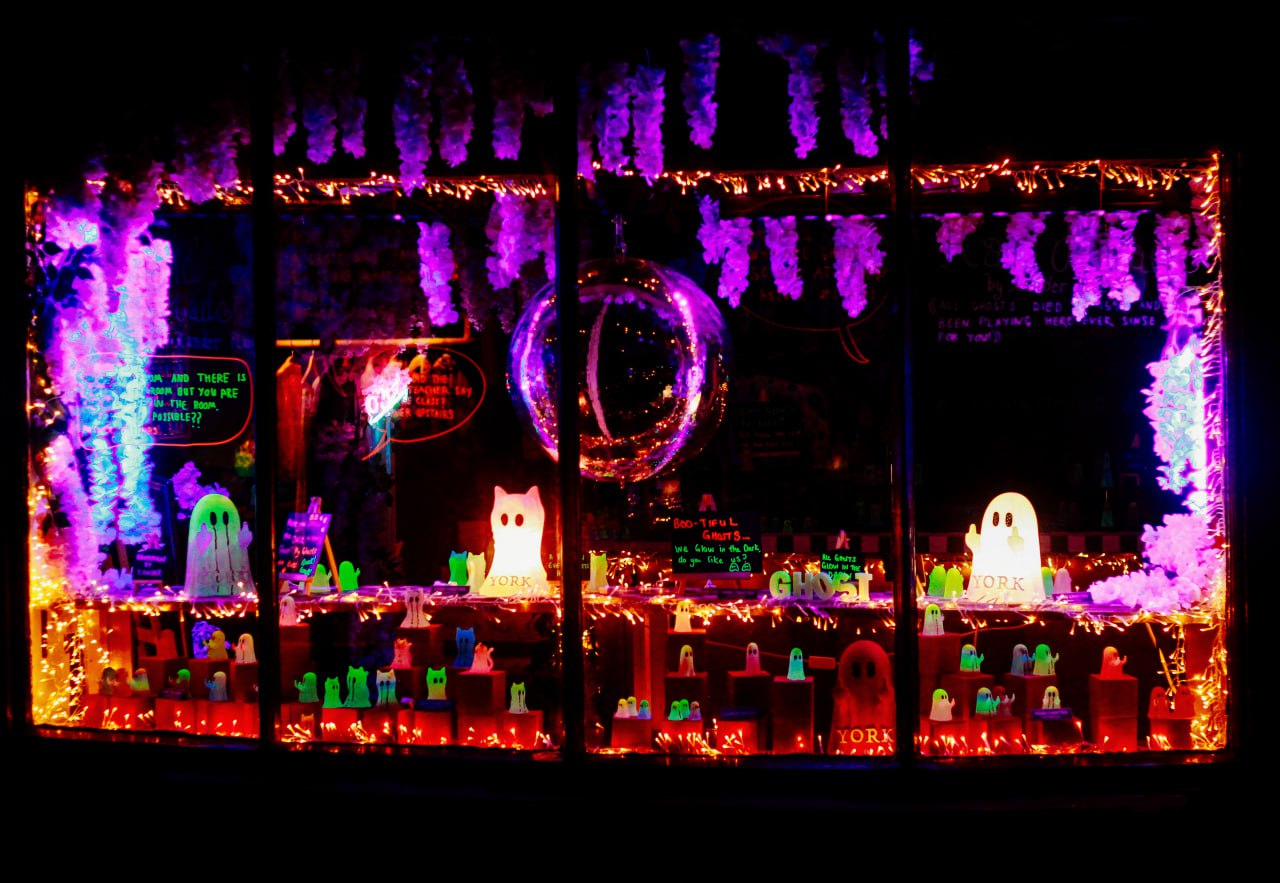
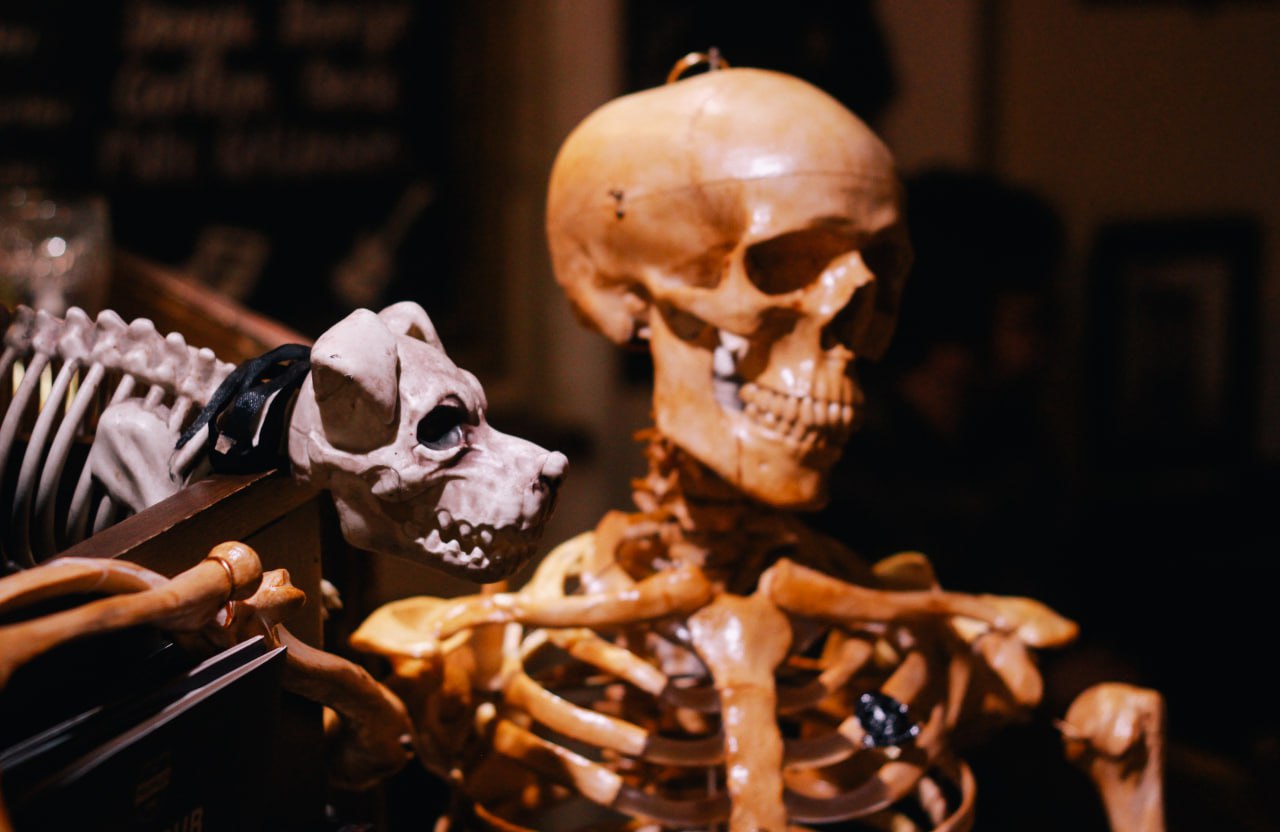
In my hunt for ghosts, I ventured into York’s oldest pubs—after all, in Britain, these are where the pulse of life beats. Pint glasses clinked like bells in an ancient abbey, and conversations at tables mingled with legends and gossip. Some pubs roared with rock music, others flowed with local folk tunes. The Golden Fleece had a peculiar ghostly aura. Wooden beams, narrow corridors, strange sounds. It’s one of the city’s oldest inns, supposedly home to fifteen ghosts—almost like The Amityville Horror or King’s The Shining. The owners probably charge extra for a night with a specter. As usual, I didn’t spot any ghosts—guess they only show up on demand. But the corridor was adorned with white death masks, likely of former guests, and at the bar stood the assistant bartender—a human skeleton with a dog skeleton named Tuzik. In a pub this colorful, it’s no surprise its cellar once served as the city morgue.
Another pub, The House of the Trembling Madness, was a portal to the dark heart of medieval York. Behind heavy oak doors lay a world of knights, alchemists, and magicians—a labyrinth of dark wood, gothic stained glass, and ancient artifacts. The air was thick with history and the whispers of bygone eras; every corner breathed mystery. Ancient armor and dust-covered books hung on the walls. Among them were animal heads, their eerie gazes steeped in centuries-old secrets, guardians of rituals long forgotten. These trophies lent the beer and air a bitter, enigmatic edge. Here, they served ale brewed from ancient recipes—tart, with a taste of forgotten time that lingered on the tongue.
I left The House of the Trembling Madness behind. In the night’s haze, even York Minster lost its contours, transforming into the city’s great spirit under the deathly pale moonlight. Its spires clawed at the stars like talons, and its stained glass glimmered like eyes guarding secrets. My paintings, damn them, were still drowning in German bureaucratic hell, and York, with its pubs and shadows, stayed silent but watched me, as if waiting for me to uncover the truth—or lose myself in its labyrinth.

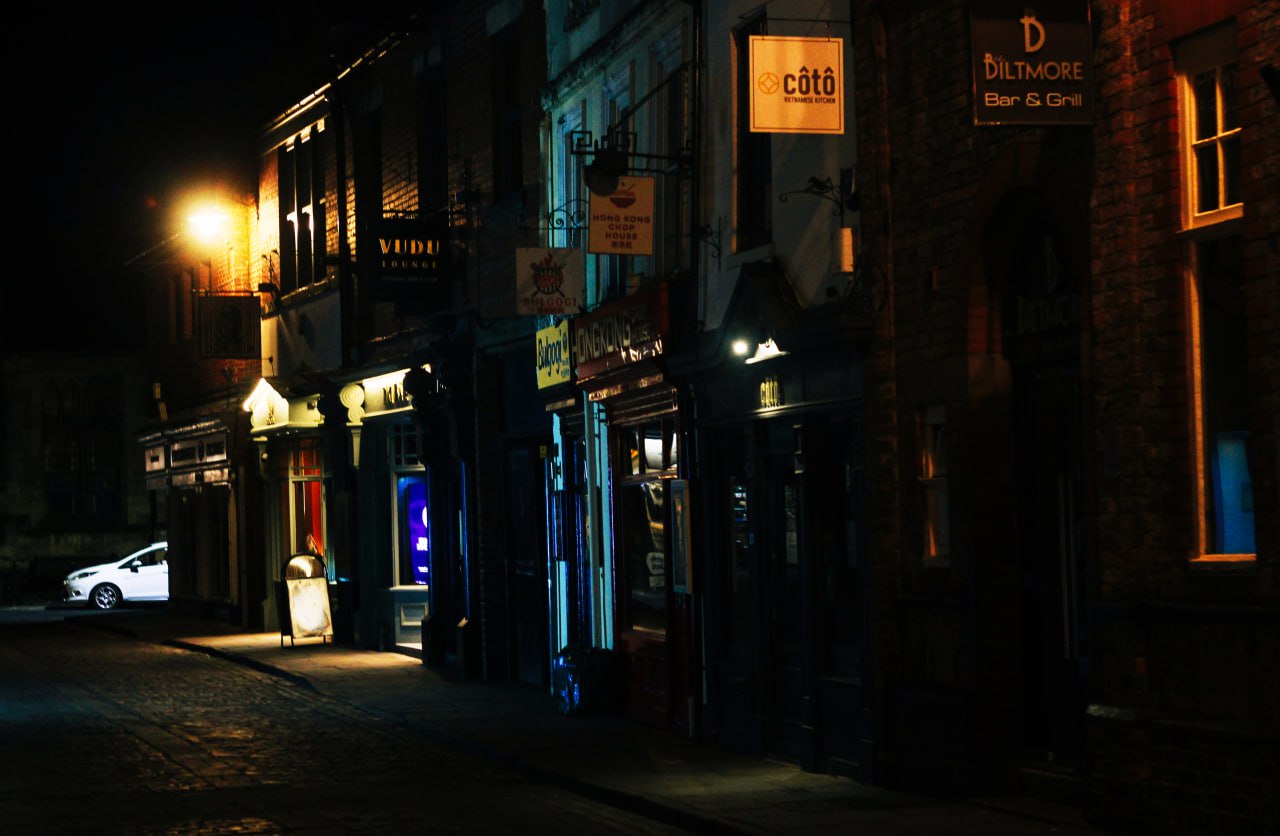
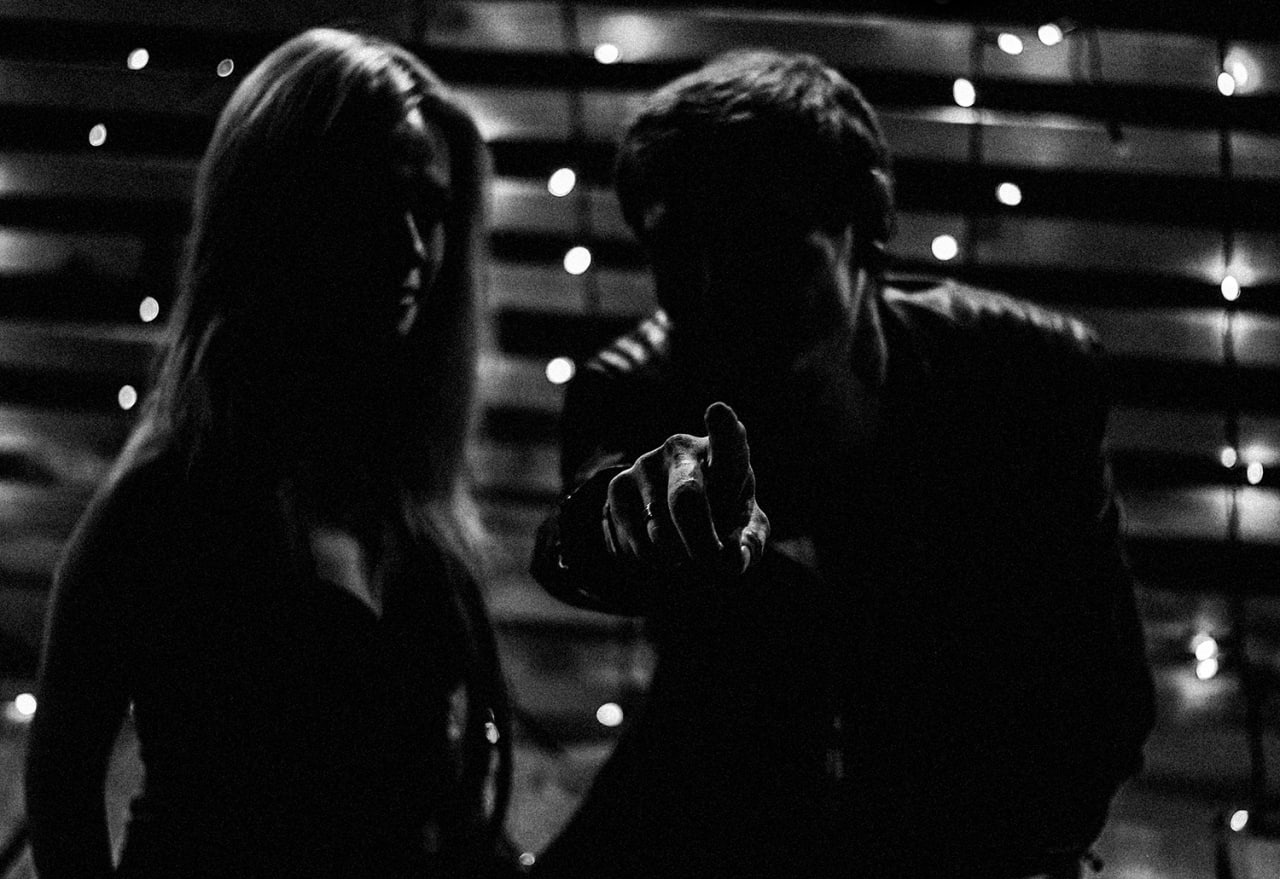
Time dragged on, and it became clear the exhibition was falling apart. The paintings were somewhere en route, but no one knew when they’d arrive. I gave up waiting and decided to explore Yorkshire and the neighboring counties.
My tour began with England’s most modern cities—Liverpool and Leeds—but the further north I traveled, the deeper I sank into a land of gothic moors, rugged wastelands, and ruins where vampires could easily lurk.
Liverpool, like Leeds, was a collage of Victorian architecture and avant-garde styles. Buildings came in all shapes—mirrored glass, matte black, like a living canvas by Kazimir Malevich. Futuristic structures clashed with the classics. Over Liverpool hung the spirit of the industrial age, especially on the street where the Beatles began. Now a tourist mecca with murals and throngs of fans, it was once a grimy district reeking of smoke, beer, and dampness, with peeling signs, soot-stained bricks, and the drone of factory sirens. Narrow streets and ramshackle houses smelled of poverty and coal. Music wasn’t born here—it clawed its way out.
Echoes of that era lingered in the Liverpool accent—sharp, raw, almost impenetrable. You’d sooner mistake it for a Celtic dialect than English.
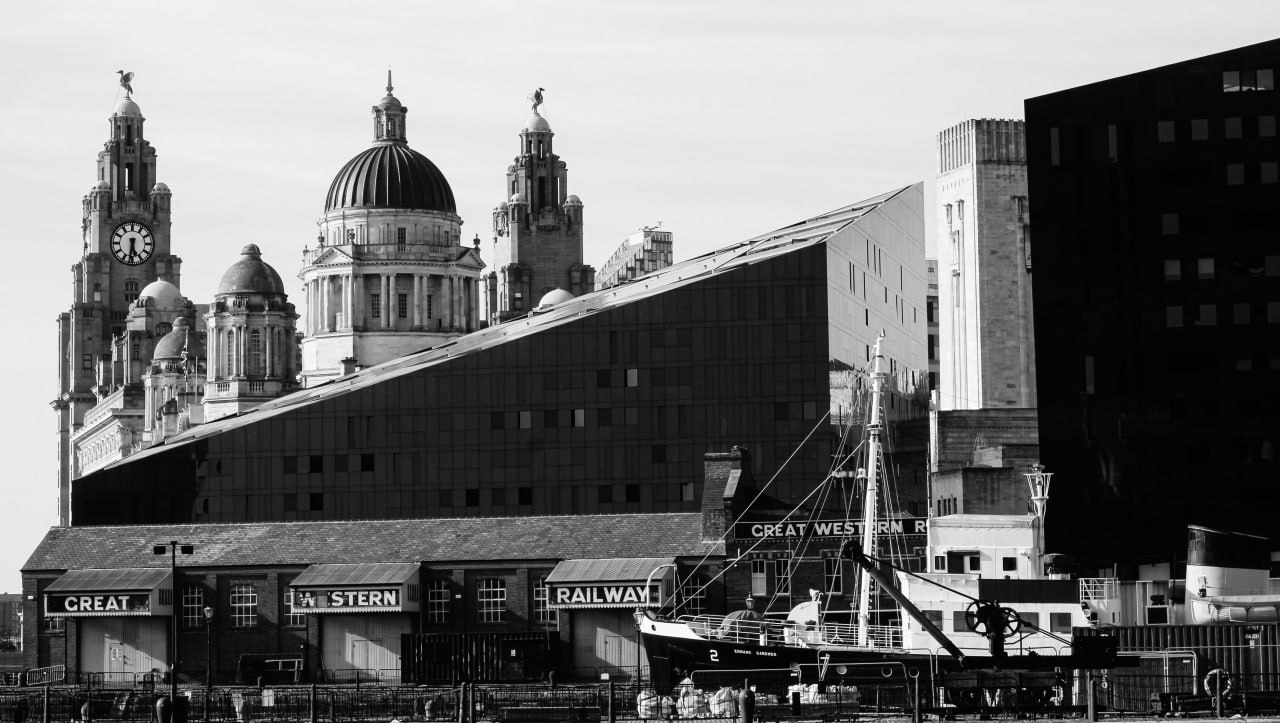

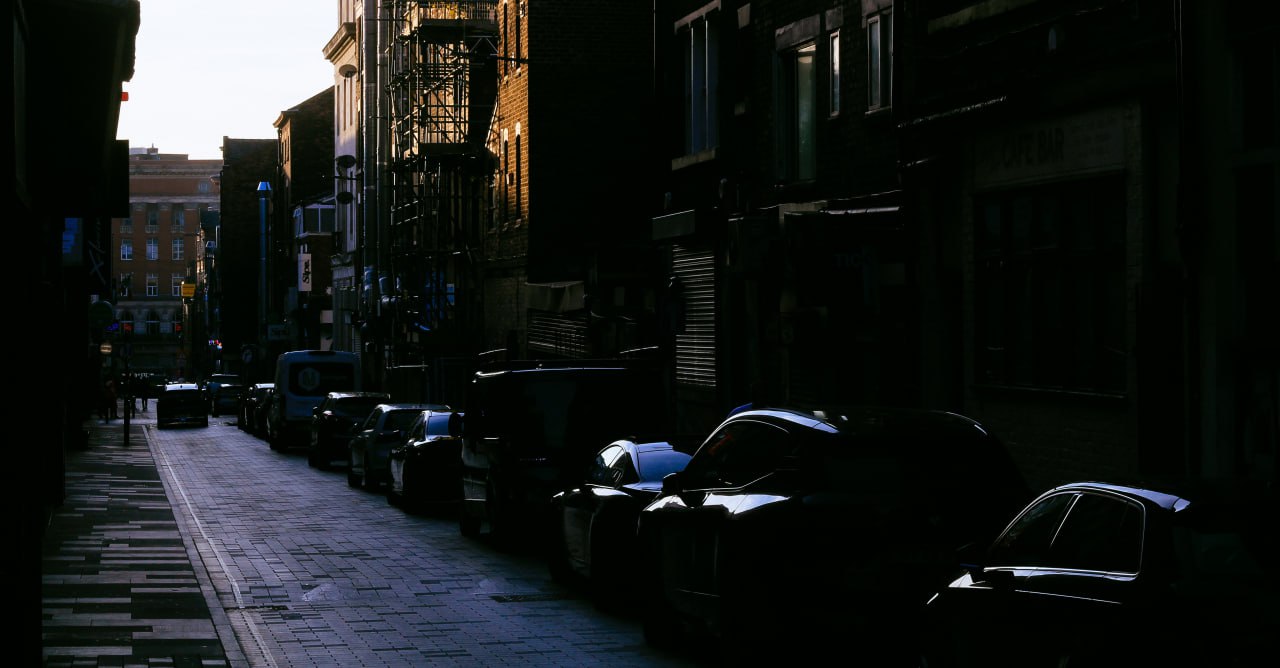
And Liverpool Cathedral—no delicate European gothic, but a stone colossus rising over the city like the Rajput fort of Mehrangarh. Its tall, reddish walls with buttresses seemed to blaze in the heat. Beyond its stained glass, the cathedral bristled with battlements—a citadel that could withstand an onslaught of pagan hordes.
For a contrast with modern Liverpool, I decided to visit the Brontë sisters’ home near Leeds. Haworth is like stepping into the 19th century: gas lamps flicker at dusk, and heather-scented mists curl above the rooftops. A living time capsule—cold stone houses and Victorian pubs. Around it, moss, heather, peat bogs, and wind—relentless and biting. The house stood by an ancient cemetery, and the sisters drank from its well, often starving. Fine rain, wind, gray skies, constant cold, and poverty—such “cheer” drove their brother mad, and they all died young anyway. The house’s facade opened directly onto the moor—one step outside, and you’re in the world of Wuthering Heights or Jane Eyre.

